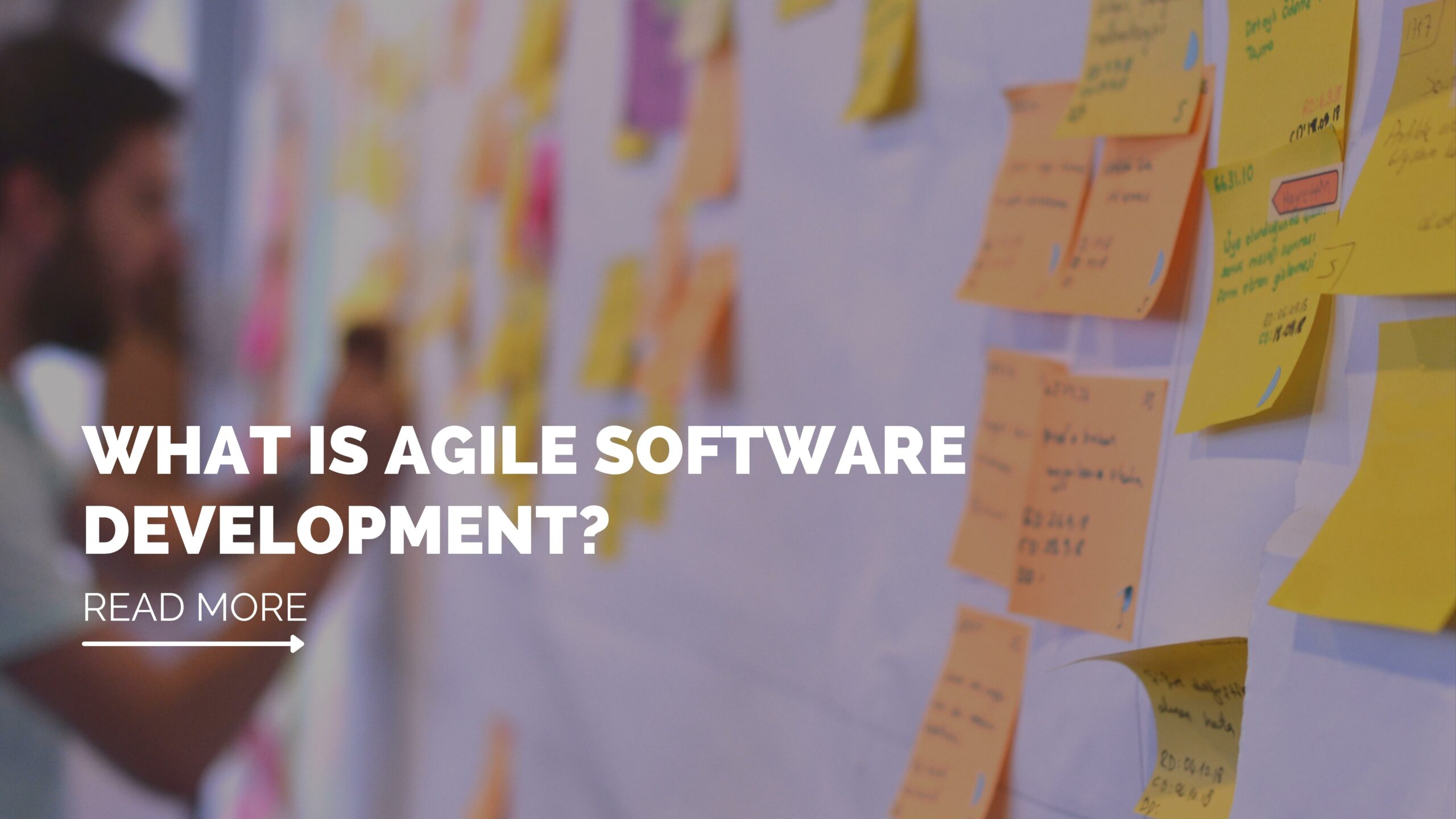Did you know that at least 71% of U.S. companies are now using Agile? Everyone speaks about agile software development, but how does it work? Discover how teams work using scrum and other popular agile approaches.
Agile 101
Agile Software Development Definition
Agile is a form of development technique that anticipates the need for flexibility and applies pragmatism to the final product’s delivery. Because it emphasizes the clean delivery of discrete sections of software rather than the entire application, agile software development necessitates a cultural shift in many organizations.
The creators of the Agile Manifesto picked the term “Agile” to reflect the adaptability and responsiveness to change that was vital to their methodology.
It’s basically about figuring out how to grasp what’s going on in your current environment, identifying the uncertainty you’re experiencing, and figuring out how to adjust to it as you go.
Agile Values
Agile as we know it today dates back to 2001. A group of software engineers wrote The Manifesto for Agile Software Development in response to waterfall techniques to project management, which structure a software project as a set of sequential sequences. The programmers presented a novel method for software development in this document and highlighted four essential features that they considered should be prioritized over other issues. Agile software development teams, according to them, should value the following:
- People and their interactions with processes and tools
- Working software trumps extensive documentation.
- Customer involvement in contract negotiations
- Responding to change by sticking to a plan
Agile Testing Methods
Scrum
Scrum is a framework that facilitates teamwork. Scrum encourages teams to learn via experiences, self-organize while working on a problem, and reflect on their triumphs and defeats in order to continually improve.
Crystal
Unlike more strict frameworks such as scrum, crystal understands that various teams will perform differently based on team size, project criticality, and priority and encourages users to tailor the framework to their own needs.
Dynamic Software Development Method (DSDM)
DSDM is an Agile method that focuses on the whole project lifecycle. It was founded in 1994, as project managers utilizing RAD (Rapid Application Development) requested additional control and discipline for this new iterative work style.
Feature Driven Development (FDD)
Feature Driven Development (FDD) is an agile methodology that organizes software development around achieving progress on features, as the name implies. However, features in the FDD context are not always product characteristics in the conventional sense. They’re more equivalent to user stories in Scrum. In other words, in the Feature Driven Development (FDD) technique, “finish the login procedure” might be considered a feature.
Lean Software Development (LSD)
Lean Software Development (LSD) is an agile approach that reduces development time and resources, eliminates waste, and provides only what the product requires. The Lean method is also known as the Minimum Viable Product (MVP) strategy, in which a team publishes a bare-bones version of its product to the market, learns from consumers what they like, dislike, and wish to see added, and then iterates based on this input.
eXtreme Programming (XP)
Extreme Programming (XP) is an agile software development approach that attempts to deliver higher-quality software while improving the development team’s quality of life. In terms of proper engineering methods for software development, XP is the most detailed of the agile frameworks.
Why choose Agile?
Teams pick agile to adjust rapidly to market developments or consumer input without derailing a year’s worth of planning. Planning and releasing in small, regular increments allows your team to receive feedback on each modification and incorporate it into plans at a low cost.
But it’s not simply a numbers game; it’s about people first and foremost. Authentic human connections are more vital than strict processes. Predefined plans are less crucial than collaborating with clients and coworkers. And providing a workable solution to the customer’s problem is more vital than meticulous documentation.
Ultimately, Agile is a mentality influenced by the ideals and principles of the Agile Manifesto. These beliefs and concepts guide how to produce and respond to change, as well as how to deal with uncertainty. Don’t be left behind. You are on the right path, so keep going!
About ITJ
ITJ is devoted to serving fast-growing and high-value market sectors, particularly the Internet of Medical Things (IoMT), working with innovative medical device companies looking to improve people’s lives. With a unique BOT (build, operate, and transfer) model that sources only the best digital talent available, ITJ enables companies in the US to create technology centers of excellence in Mexico. For more information, visit www.itj.com.

